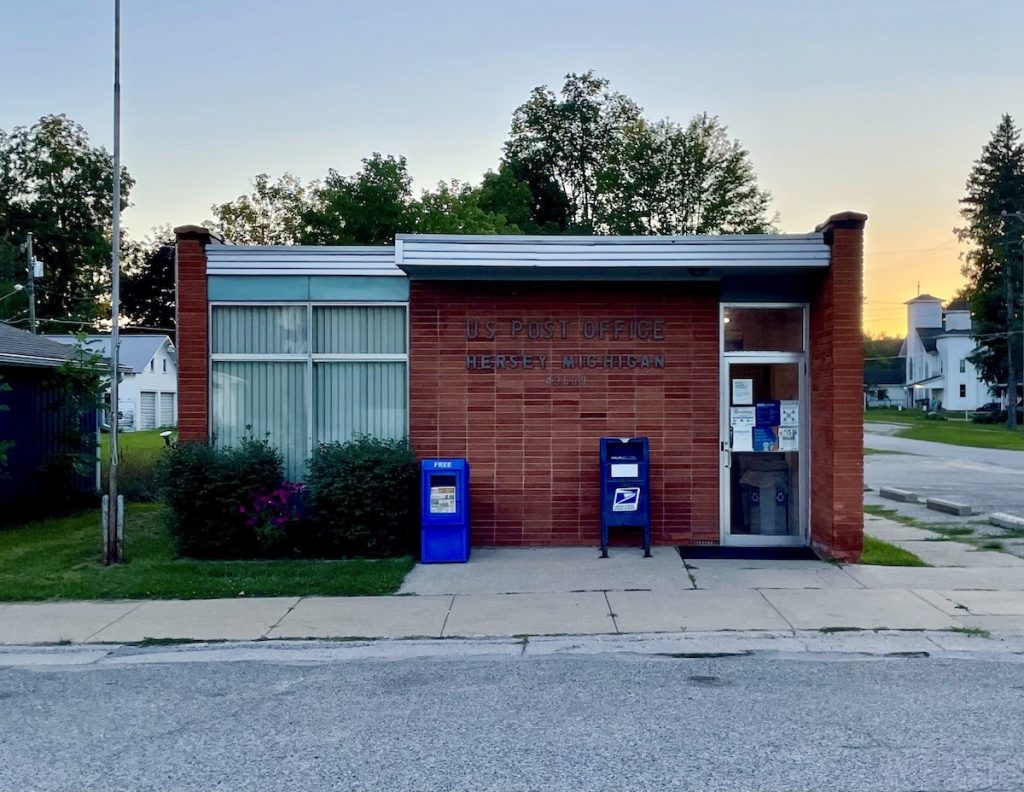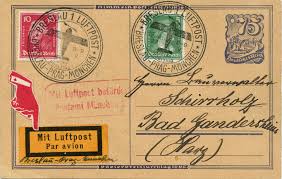Stamp: Macao Post Office (Macau 1993)
Macao Post Office (Macau 1993)
19 September (Macau ) within release ATM Stamp Issues goes into circulation Stamp Macao Post Office face value Variable Macanese pataca
| Stamp Macao Post Office in catalogues | |
|---|---|
| Michel: | Mi: MO AT1.1 |
Stamp is horizontal format.
These Stamp Labels were printed from the Klüssendorf Machines installed in Macau October 1993.Also in the issue ATM Stamp Issues:
- Stamp - Macao Post Office face value Variable;
- Stamp - Macao Post Office face value Variable;
Stamp Macao Post Office it reflects the thematic directions:
A building or edifice is a structure with a roof and walls standing more or less permanently in one place, such as a house or factory. Buildings come in a variety of sizes, shapes and functions, and have been adapted throughout history for a wide number of factors, from building materials available, to weather conditions, to land prices, ground conditions, specific uses and aesthetic reasons. Buildings serve several needs of society – primarily as shelter from weather, security, living space, privacy, to store belongings, and to comfortably live and work. A building as a shelter represents a physical division of the human habitat (a place of comfort and safety) and the outside (a place that at times may be harsh and harmful).
A post office is a public facility and a retailer that provides mail services, such as accepting letters and parcels, providing post office boxes, and selling postage stamps, packaging, and stationery. Post offices may offer additional services, which vary by country. These include providing and accepting government forms (such as passport applications), and processing government services and fees (such as road tax, postal savings, or bank fees). The chief administrator of a post office is called a postmaster.
Postal history is the study of postal systems and how they operate and, or, the study of the use of postage stamps and covers and associated postal artifacts illustrating historical episodes in the development of postal systems. The term is attributed to Robson Lowe, a professional philatelist, stamp dealer and stamp auctioneer, who made the first organised study of the subject in the 1930s and described philatelists as "students of science", but postal historians as "students of humanity". More precisely, philatelists describe postal history as the study of rates, routes, markings, and means (of transport).



